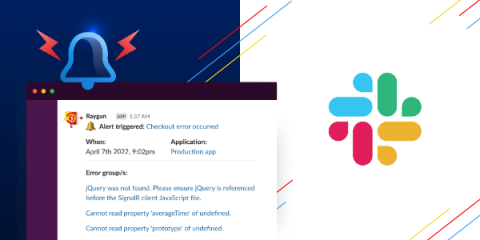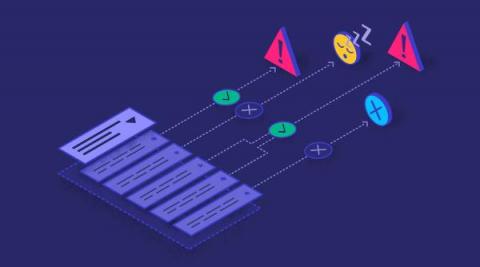Operations | Monitoring | ITSM | DevOps | Cloud
Alerting
Creating a 2-way connection between SIGNL4 and Logic Monitor
The Five Main Components of a Fully Developed EHR System
The adoption of electronic health record (EHR) systems has seen tremendous growth across geographies, especially in the US. According to American Hospital Association data shared by the Office of the National Coordinator for Health Information Technology, over 93% of American hospitals are enabled by some form of EHR in their organization. Implementing an EHR system in your clinic or hospital is a big decision.
Level Up Your DevOps Strategy with Intelligent Alerting
Finding insights and taking action in Discover
New in Grafana Alerting: File provisioning
We are happy to announce that file provisioning for Grafana Alerting has arrived in Grafana 9.1. This feature enables you to configure your whole alerting stack using files on disk, as you may already do with data sources or dashboards. The Terraform Grafana provider has also been updated to allow the provisioning of Grafana Alerting resources.
Monitoring - Best Practices for Alerting - New Whitepaper!
When evaluating a monitoring product, it is essential you fully understand its alerting capabilities. Alerting is a responsive action triggered by a change in conditions within the system being monitored. Typically, an alert can be defined by a condition to trigger the alert and an action defining what that alert should do when the trigger condition occurs.
Get Alerted to mission-critical issues directly in Slack
Why Do You Need Smarter Alerts?
The way organizations process logs have changed over the past decade. From random files, scattered amongst a handful of virtual machines, to JSON documents effortlessly streamed into platforms. Metrics, too, have seen great strides, as providers expose detailed measurements of every aspect of their system. Traces, too, have become increasingly sophisticated and can now highlight even the most precise details about interactions between our services. But alerts have remained stationary.
August 2022 Update - Change duty status of colleagues, configurable duty notifications and revised password change
Our August update now allows administrators and team administrators to change the service status of other users in the portal. We also made service settings more granular and e.g. introduced the ability to turn off certain push messages when colleagues’ service statuses change. We have also revised the way of changing personal password or remote action PIN in the portal. All details are available in this article.











